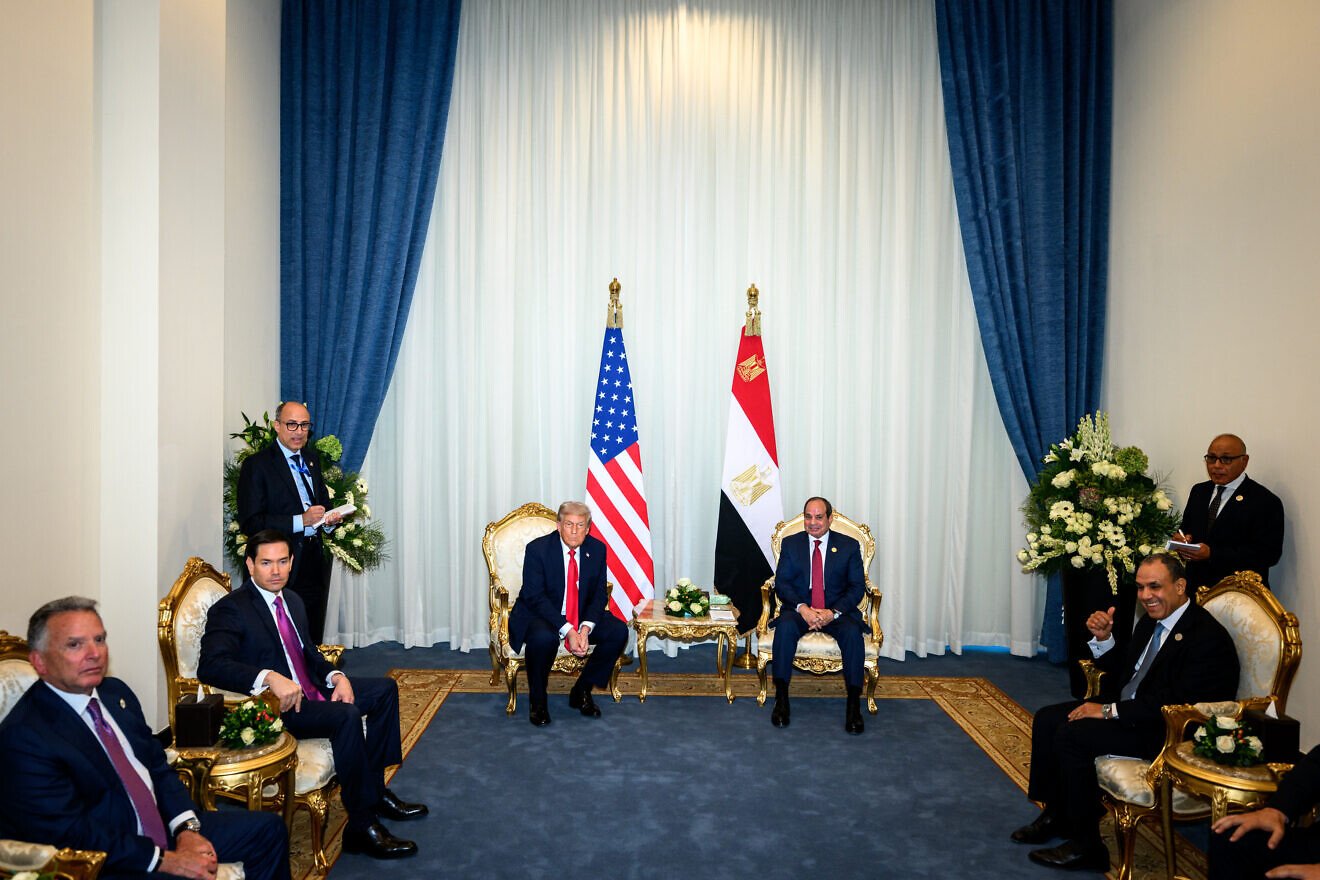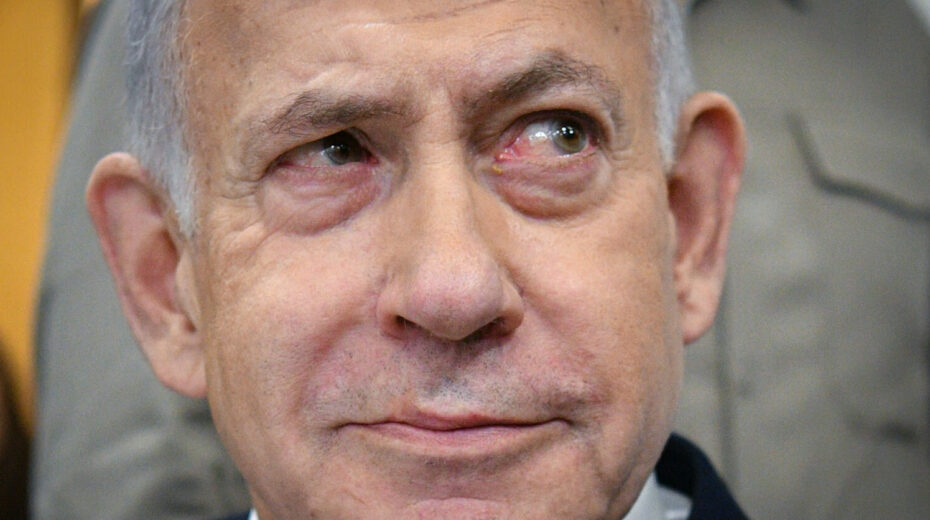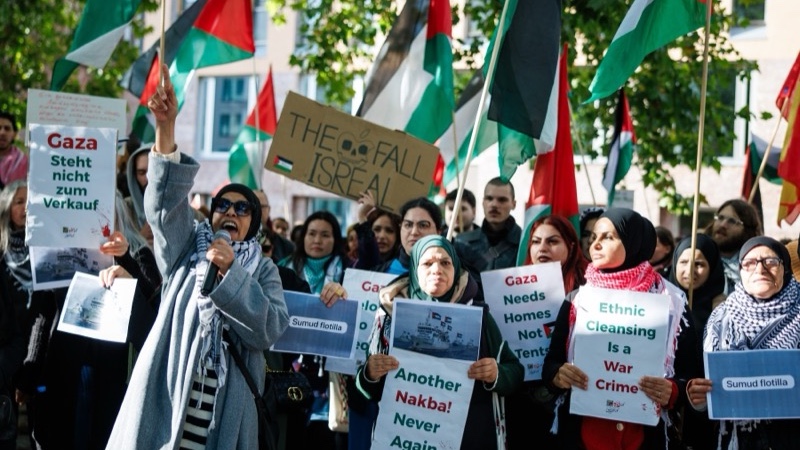(JNS) The old clichés no longer apply to the U.S.-Israel relationship. It’s time to stop talking about the United States “acting in Israel’s interests” or claiming that “Netanyahu takes orders from Trump.”
The relationship has moved beyond those outdated formulas. What we are witnessing now is a genuine alignment of interests—a partnership built not on dependence, but on shared purpose. Its name is peace.
This evolving strategy is complex and long-term, requiring patience and a broader view of the regional transformation underway. Reports that Israel must seek American approval before acting militarily in Gaza are false; in reality, both nations recognize the same threats and often act on overlapping objectives.
The new framework involves 24 nations, some not traditionally friendly toward Israel, but all acknowledging that the era of Hamas-led terror must end.
The United States and Israel are united in pursuing a post-Gaza order that brings in Saudi Arabia and even distant players such as Indonesia under an expanded vision of the Abraham Accords.
Egypt has emerged as a key partner, balancing Turkey’s ambitions and helping facilitate humanitarian and recovery efforts, including the return of the hostages’ remains for honorable burial.
Israeli Prime Minister Benjamin Netanyahu’s patient diplomacy in allowing Cairo to take a leading role signals a calculated trust in regional cooperation, not weakness.
Meanwhile, U.S. President Donald Trump has reasserted his influence, demanding the immediate return of the remaining 13 Israeli hostages and warning Hamas of severe consequences for any further delay. His stance reflects not mere politics but a principle of respect—placing moral clarity before diplomatic convenience.
The outlines of a second phase of Trump’s plan are already visible: disarm Hamas, remove its leadership and begin reconstruction under a U.S.-coordinated “stabilization force” likely led by Egypt and overseen by former British Prime Minister Tony Blair. Moderate Arab states are ready to fund Gaza’s rebuilding, but only once Hamas is gone.
Turkey and Qatar remain disruptive actors. Erdogan’s distribution of Turkish flags throughout Gaza under the banner of the Muslim Brotherhood underscores his hostility to Israel and his regional ambitions. These challenges will test both Netanyahu’s caution and Trump’s vision.
Still, the path forward is clear. The new regional compact will rest on five pillars: the return of all hostages, the removal of weapons, the expulsion of Hamas, respect for the security boundary, and long-term deradicalization.
At stake is the creation of a new Middle East shaped by shared security interests rather than ideological divides—driven by the immense ambition of Trump and the steadfast patriotism of Netanyahu, who together are charting a course few could have imagined just a year ago.
The old criteria are gone. What replaces them is a pragmatic and hard-won understanding: peace through strength, regional cooperation through clarity, and progress through patience.















There is only one person who can and will bring peace to the region and for that matter, the entire world. It has been written how it will be done and no one else can or will be allowed to finish what has been spoken by the prophets of old and the Lord Himself. What is shaping up now has all the looks of another intermission between those who live for war and destruction and those who truly want peace. Israel is tired of war and wants peace, her enemy does not. The scripture cannot be broken, it will come to pass and no one on this planet can change it or stop it. When evil is completely destroyed, Israel will have built its temple, and peace will reign under the rule of the Lord from Jerusalem.